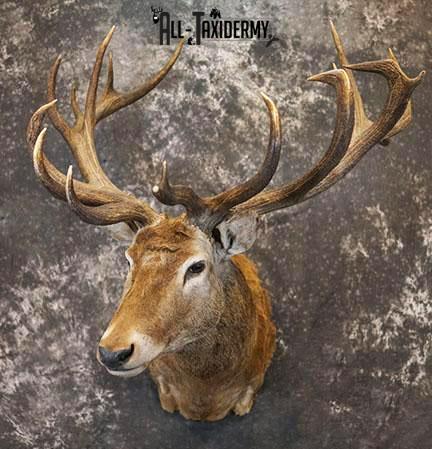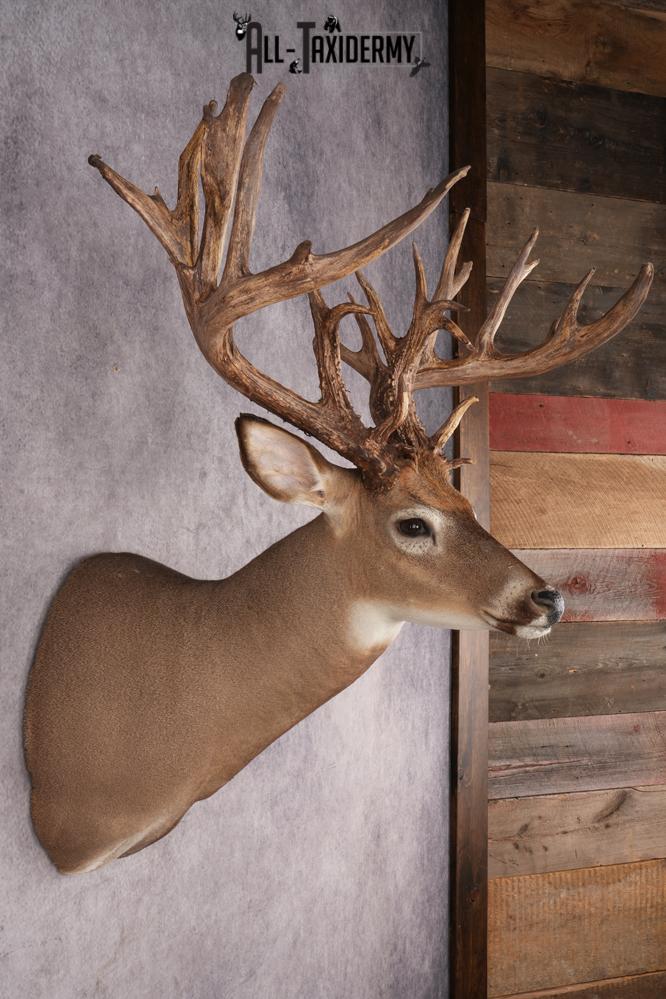
Field Dressing: Essential Tips for Preserving Your Trophy
After a successful hunt, whether it’s a whitetail deer, mule deer, other various species of deer, bear, elk, cougar, fox, pronghorn, caribou, moose, antelope, buffalo, horse, cattle, goats, sheep, musk ox, wolves, boars, or any other game, how you handle the animal in the field greatly affects the quality of both the meat and the potential mount.
Field dressing, while not the most enjoyable part of the hunt, is crucial for preserving the game. This process involves removing the animal’s internal organs to cool the carcass quickly, thereby slowing the growth of bacteria and maintaining the meat’s freshness.
Importance of Temperature Control
Bacteria thrive in temperatures between 40ºF and 140ºF, so it’s important to cool your game as soon as possible. While temperatures below 40ºF don’t kill bacteria, they significantly slow their growth. Proper handling and freezing of the meat at 0ºF can preserve it for up to a year.
Always remember to handle the carcass with latex gloves and wash your hands thoroughly to avoid any potential disease transmission from wild game.
Step-by-Step Field Dressing Guide
1. Positioning the Animal: Place the animal on its back with its head elevated. Use a sharp knife to carefully cut around the anus, taking care not to puncture the rectum. This will allow you to free the entrails through the pelvis. Tie off the anus with string to prevent contamination of the meat.
2. Removing the Genitals: Depending on local laws, you may need to remove the genitals to identify the animal’s sex, unless regulations require leaving them intact for verification.
3. Opening the Body Cavity: Starting at the pelvis, make an incision up to the ribcage. Use two fingers to guide the knife, forming a “V” shape around the blade to avoid puncturing the internal organs. Ensure the blade faces upward during this cut.
4. Removing Internal Organs: Cut through the muscle separating the chest cavity from the stomach, then reach inside to sever the esophagus and windpipe as high up as possible. Pull out all internal organs and remove any excess tissue.
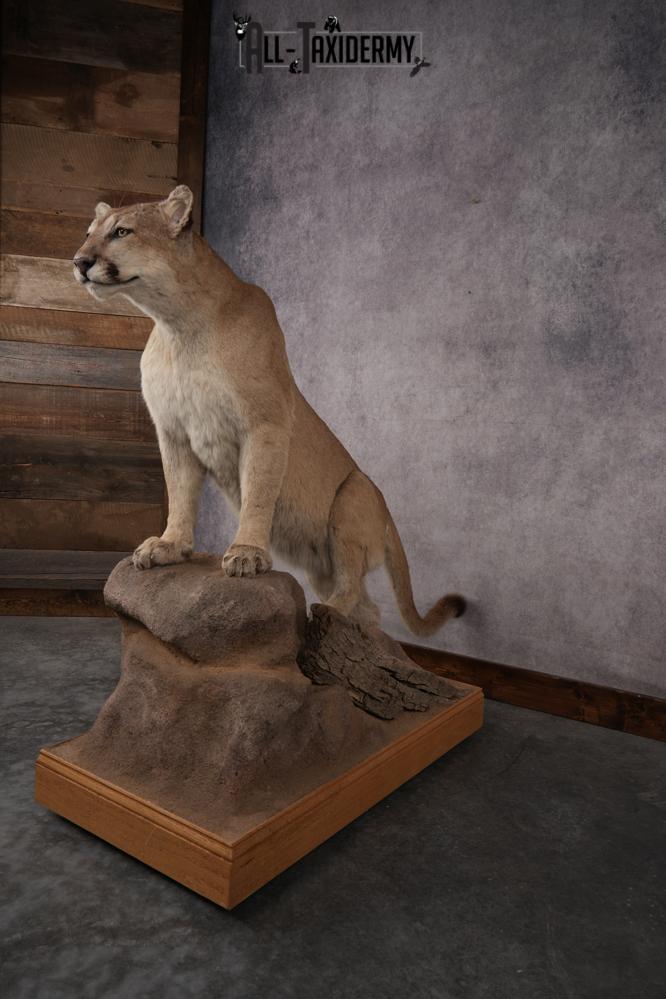
5. Cleaning and Cooling: If any flesh is soiled by the entrails, rinse it with clean water. Prop the carcass open with sticks to aid cooling, or hang it by the head for 20 to 30 minutes to drain the blood. If you plan to mount the game, hang it by the rear legs using a gambrel.
6. Avoid Contamination: Keep the carcass free from dirt, leaves, and other debris. If you’re unable to hang the animal, lay it with the opened cavity against the ground to allow for proper cooling.
7. Tagging and Reporting: Make sure to tag your game and report the kill as required by local regulations. Failing to do so can result in significant fines.
Read More: The History of Taxidermy
Removing the Game from the Field
For short distances, dragging the game by its front legs is acceptable. For longer distances, consider using a sled, stretcher, wheelbarrow, or cart. Avoid dragging the animal by the neck if you intend to have it mounted, as this can damage the hide.
Tip: If you’re hunting in a remote area without immediate access to a freezer, skinning the animal and salting the hide is the best way to preserve it for mounting. You can also skin the animal on-site if you cannot transport it right away.
Related: How to Properly Field Dress a Deer
Skinning Your Game
Skin your game within the first two hours while the carcass is still warm:
- Make incisions on the inside of each leg toward the middle of the carcass.
- Cut around the neck close to the head (or further down if planning a mount).
- Pull the skin down from the back of the head using both hands.
- Use a sharp knife to work around the legs and any remaining areas where the skin is stuck.
For detailed caping, leave it to a professional taxidermist who knows how to handle delicate areas like the ears, nose, mouth, and eyes.
Field 101 Care for Small Mammals
Small animals like coyotes have thin skin and should be skinned by a professional. If you can’t get the animal to a taxidermist immediately, place the carcass in a plastic bag after it cools, then freeze it. Small mammals include badgers, wolverines, skunks, rabbits, beavers, chipmunks, squirrels, mink, muskrats, opossums, fishers, otters, raccoons, ground hogs, and mongoose.
Always be cautious of diseases like tularemia and rabies.
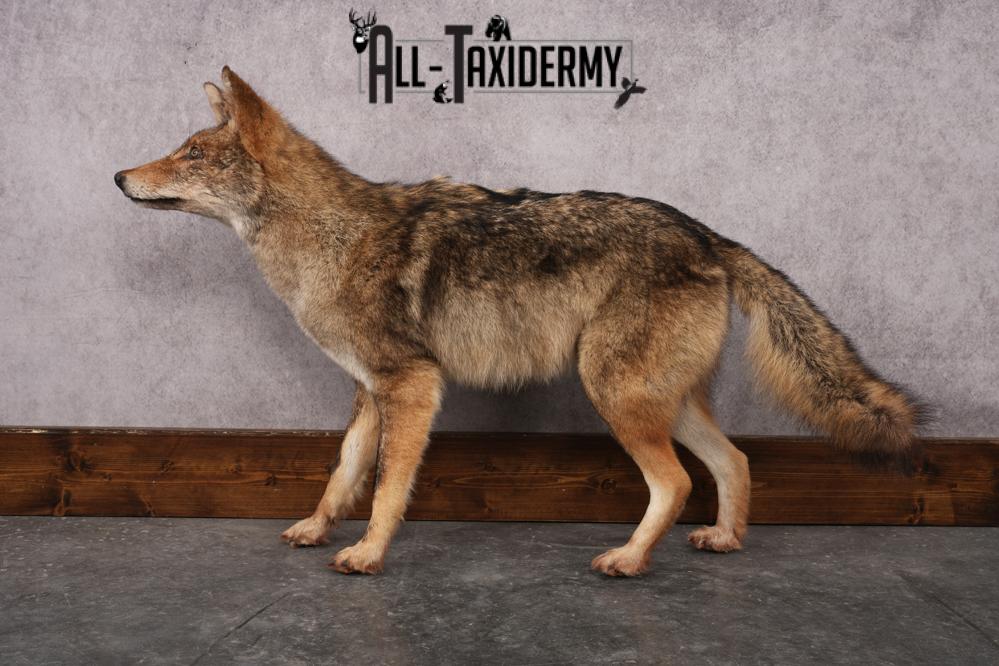
Field 101 Care for Birds
For field care for birds, you’ll want to avoid gutting the bird. Rinse off any blood, place the bird in a plastic bag, and freeze it.
If the tail doesn’t fit, let it stick out rather than bending it.
Read More: Top Pre-Taxidermy Tips for Waterfowl

Field 101 Care for Fish
Store fish in a live well or on a stringer to maintain their color until you can bring them to a taxidermist. For later preservation, wrap the fish in a wet towel, place it in a plastic bag, and freeze it.
Take a good photo of the fish as its color will fade, which will help the taxidermist replicate the original tones.
Read More: Guide to Fish Taxidermy
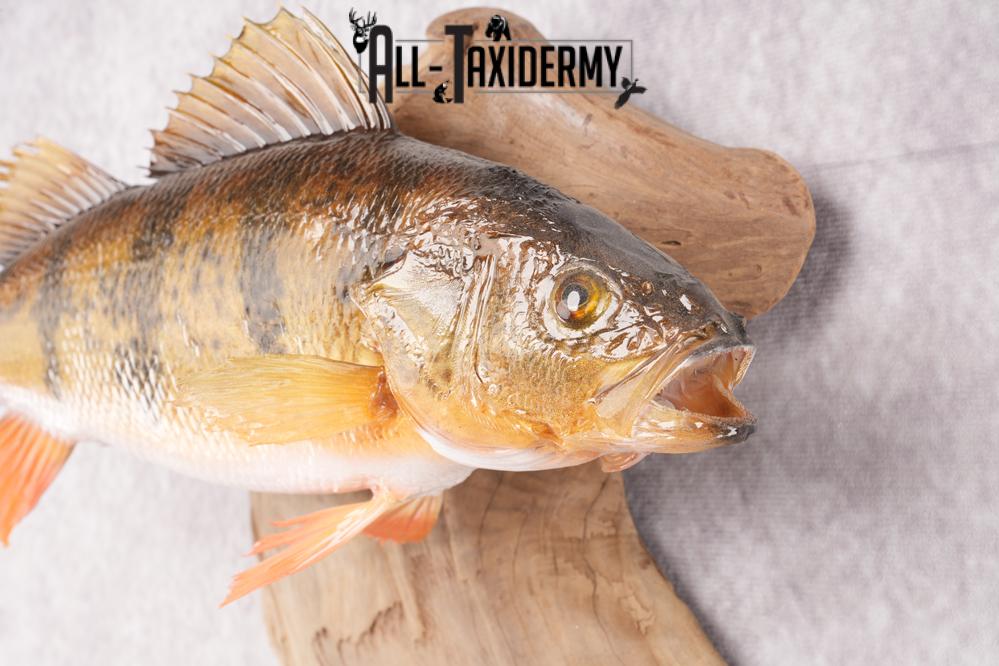
Final Tips and Legal Considerations
Always ensure your deer, elk, grizzly and black bear, wolves, bobcat, moose, racoons, cougar, or other game is properly tagged before presenting it to a taxidermist.
Remember, certain birds like hawks, owls, songbirds, and eagles are federally protected and cannot be mounted without a permit.
Contact All-Taxidermy for Expert Services
At All-Taxidermy, we offer high-quality taxidermy services for large game and exotic game (e.g. hyena, big cats, zebra, jackal, elephant, giraffe, porcupine, rhinoceros, hippopotamus, and monkey) small mammals, birds, fish, and more. Contact our professional team for a quote and expert advice on caring for your trophy and ensuring it lasts a lifetime.
Further Reading:
- Big Cat Taxidermy Mount Ideas
- How to Take Care of Fur Pelts
- Bobcat Mount Ideas
- Different Types of Deer Species’ Antlers
- 6 Ways to Display Your Deer Taxidermy
- Guide to European Mounts
- 9 Steps for How to Hang a Bear Rug
- Coyote Mount Ideas
- Five Popular Ways to Pose Your Bear Mounts
- 9 Cool Taxidermy Facts You May Not Know
- Deer Mount Ideas

